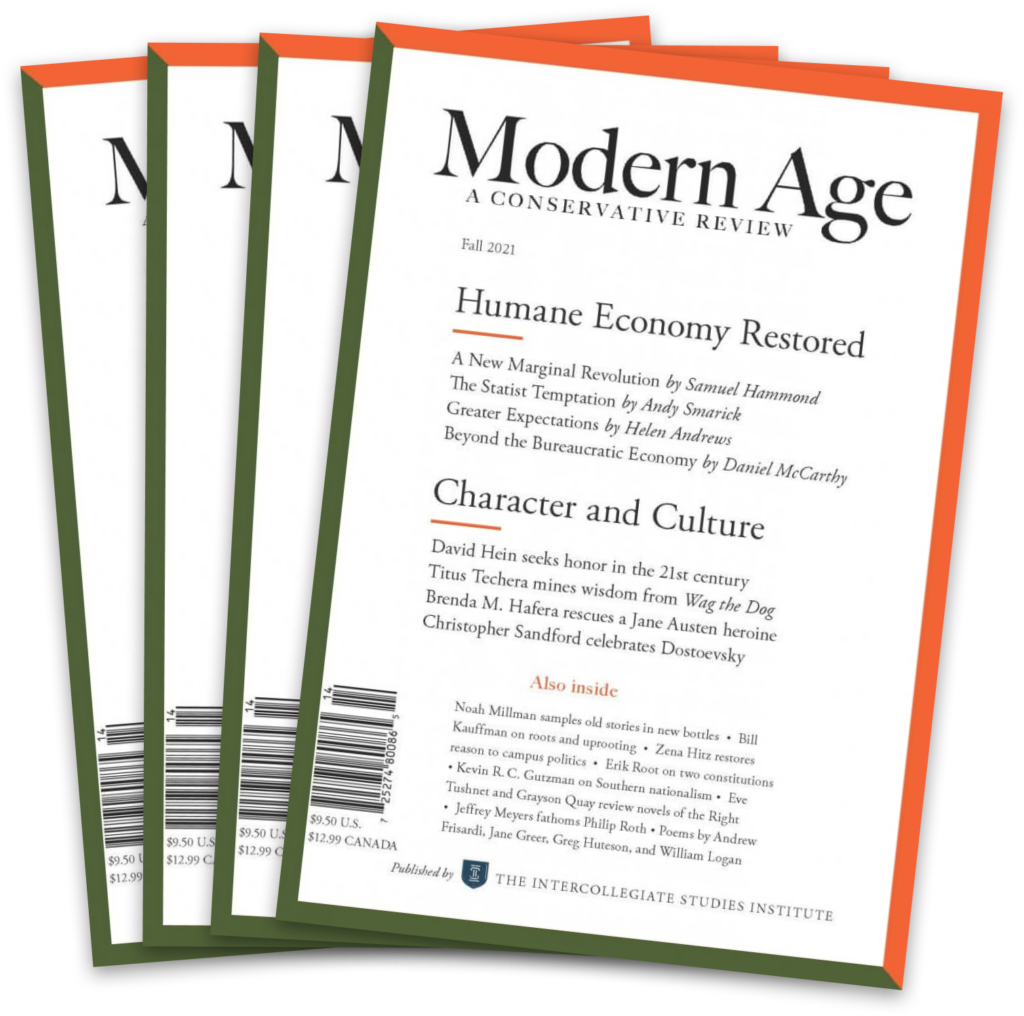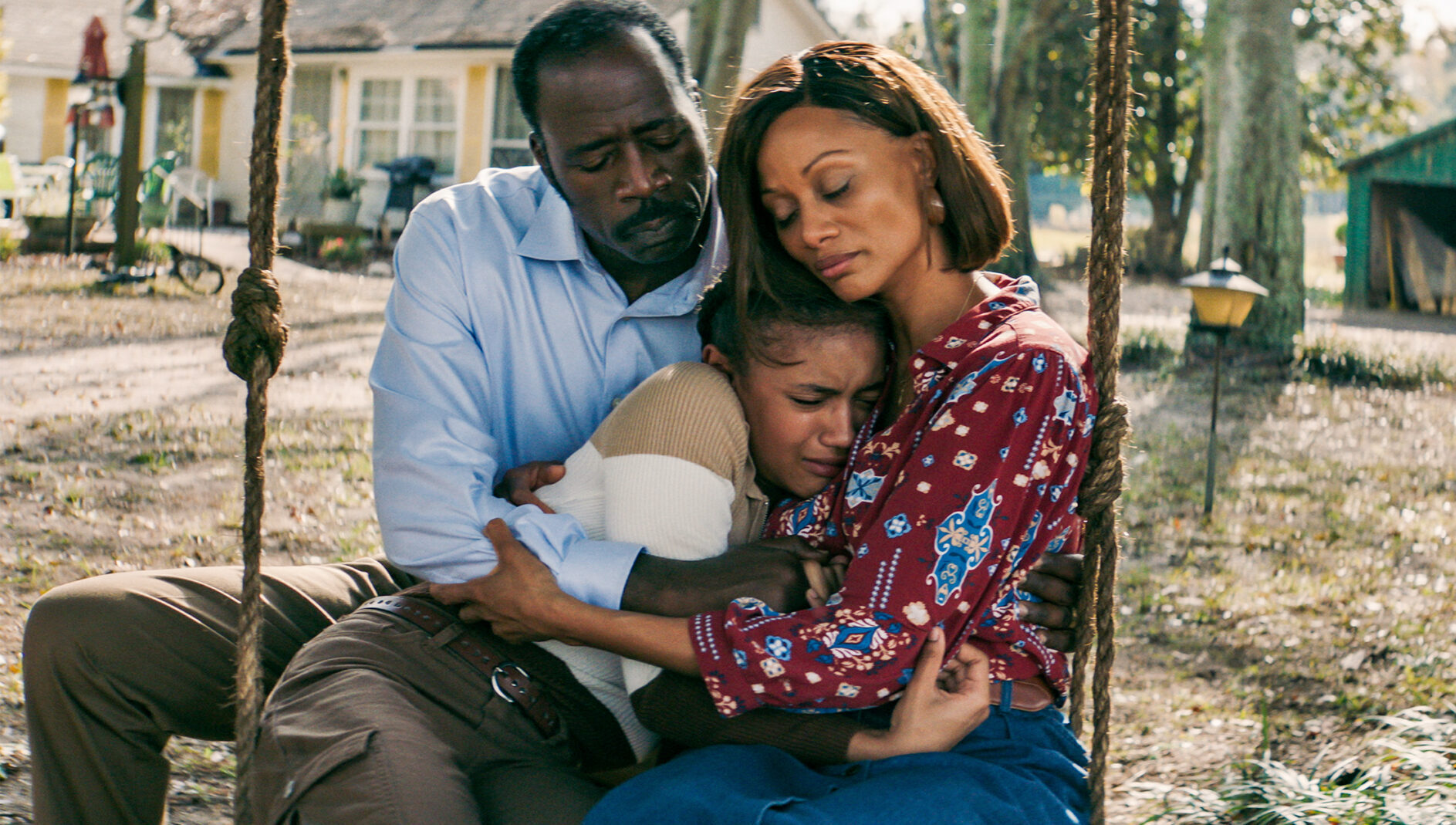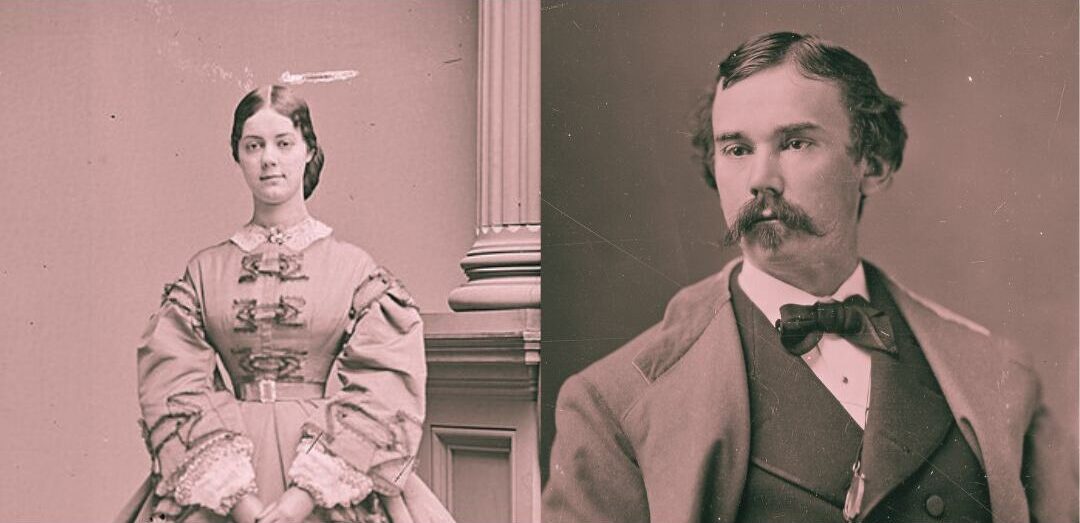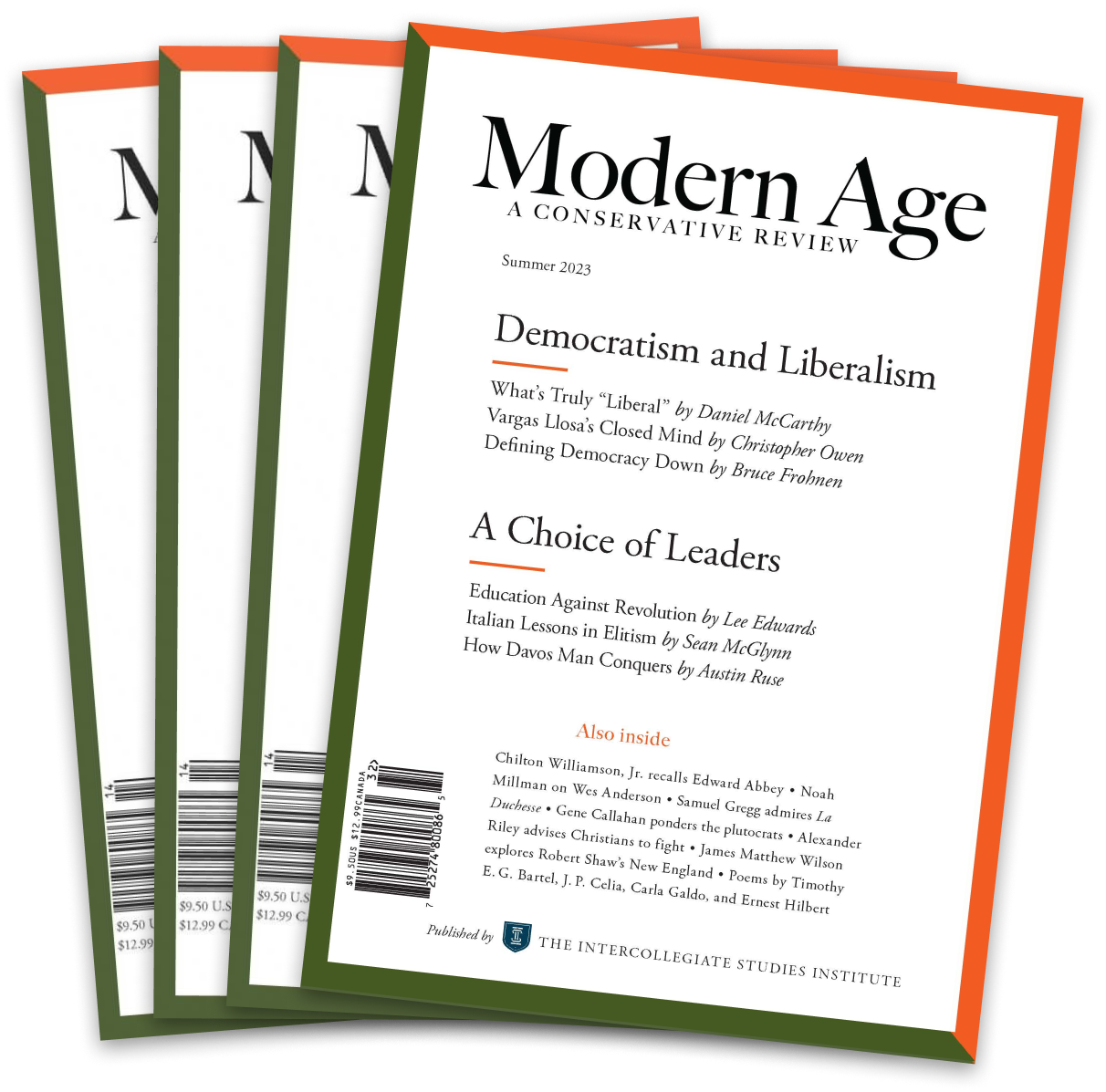In the winter of 1978, the Sex Pistols embarked on a tour of the United States. The band’s manager, Malcolm McLaren, set up an array of dates that started in Atlanta, went through the Deep South, and ended in San Francisco. The aim was to avoid New York and Los Angeles, instead taking the Sex Pistols’ message to “real people.” The result was as quixotic as it sounds. The tour was fraught with cancellations, visa problems, hostile audiences, and personal turmoil, all of which came to a head in San Francisco, ending with singer John Lydon’s (a.k.a. Johnny Rotten’s) famous parting quip, “Ever get the feeling you’ve been cheated? Goodnight.” The band broke up three days later.
With only one album released, the band ascended into rock legend and solidified a particular understanding of “punk rock”: sneering, inarticulate, and self-destructive. For some, the Pistols’ brief existence was enough to dismiss the movement as a typical casualty of pop culture hedonism. For others, it offers a twinge of the blasé.
“The Sex Pistols . . . tour fell flat partly because they were out of sync with the inner dynamic of American music,” claimed Camille Paglia in 1999. By the time they reached our shores, bands like the Velvet Underground and the Stooges had already broken up. Patti Smith, Television, Talking Heads, and the Ramones (whom Paglia weirdly waves aside) were busy waging a culture war against disco in New York. The Sex Pistols weren’t importing anything that Americans hadn’t already made themselves.
The piece “Punk Rock” is included in Paglia’s latest essay collection, aptly titled Provocations. It is a short missive—two pages in the book—written in response to a reader’s question about the Sex Pistols’ failure to cross over Stateside. It is a display in miniature of the rhetorical bravado and pop culture knowledge that Paglia’s admirers rely on. Yet bravado and knowledge do not guarantee sound judgment. It’s in the last two paragraphs of the piece where Paglia’s critical acumen dulls.
“Punk anarchism may be an adolescent phase of simplistic rebellion against authority,” she writes. “Sid Vicious . . . didn’t live long enough to work through his punk positions.” Then comes the kisser:
I would cite the Who’s magnificent, rumbling “Eminence Front” . . . with its penetrating insights into psychology and politics, as an example of what an evolved punk can and should achieve. Anarchism is glorified thumb-sucking. Off with the diapers, and on to business! Construction, not destruction, is the name of the human game.
Paglia’s errors are twofold. First is her assumption that the Sex Pistols exhibited any coherent politics. One need not look far beyond the Pistols to find more substantial avatars of post-1960s radicalism in the punk movement: Crass, Gang of Four, the Clash, Discharge, to name only a few. It’s especially telling that Paglia does not mention the Clash, though comparing them to the Sex Pistols—in message, in talent, in longevity, and in crossover appeal—is instructive, to say the least.
Paglia’s second error is her implication that punk not only ended with the implosion of the Sex Pistols but then reverted backward to its predecessor in mod and garage rock. It evidently did not occur to Paglia that the Sex Pistols were a catalyst for countless other bands. By 1978, Black Flag, Wipers, the Misfits, and Bad Brains had formed in Hermosa Beach; Portland; Lodi, New Jersey; and Washington, DC, respectively. The Buzzcocks released their Spiral Scratch EP in 1977, the earliest self-released punk record. By the time Sid Vicious was dead, Johnny Lydon’s new band Public Image Limited had released the genre-melting Metal Box, while the Sex Pistols–influenced Joy Division released the genre-redefining Unknown Pleasures. By 1981, the remnants of Joy Division formed New Order and brought rock and disco into détente with the help of a bass tuning that no one has replicated or surpassed with any success.
In short, the punk diaspora spread at alarming speed and distance. By the mid-80s, even C.C. DeVille of Poison tried to claim the group’s glam-metal hit “Talk Dirty to Me” as a punk anthem. It is a wonder that Paglia, among pop culture’s most fervent intellectual defenders, is not privy to any of this. I’ve deduced some reasons as to why this is so.
First is her generation. Paglia admits she was in her 30s by the late-1970s, and so, like most Baby Boomers, has a skewed view of punk. To the Boomers, punks were little more than their ungrateful progeny, heirs of the spirit of the 1960s who tarnished their inheritance. I’m not sure any of them had much of a conception of where punk had gone until Green Day played the Woodstock 1994 revival festival.
Second is Paglia’s philosophy. When I say that Camille Paglia is pop culture’s most fervent intellectual defender, I mean mainstream culture. Much of Paglia’s attention is directed at icons, superstars, and celebrities: Madonna, David Bowie, Elizabeth Taylor, Prince, Princess Diana, Andy Warhol, and now Rihanna. Paglia subscribes to a kind of Great Man theory of popular culture. In her account, mainstream popular culture is an aristocracy that mirrors both her personal quirks and her aesthetics.
Paglia is like the Thomas Carlyle of our era. Both believed that heroes propel history and that might invariably makes right. Both came into prominence with dense, unreadable masterpieces that took years to complete (Carlyle’s The French Revolution and Paglia’s Sexual Personae). Both have polemical temperaments and histrionic prose styles. Both have been mired in controversy for various . . . inconvenient social attitudes. All in all, Paglia’s view of the culture is that of a metropolis of immense emerald skyscrapers at which the people look up in awe from the streets. Punk, by contrast, is the ivy and weeds growing up from the ground and gradually scaling the walls. Cut them and they’ll sprout elsewhere; let them grow and soon they’ll take up most of the ground.
Third is Paglia’s idiosyncratic and contentious politics. The right does not like her positions on homosexuality, abortion, pornography, and the Sexual Revolution. The left does not like her determinist views on gender, her antagonism of feminist icons like Andrea Dworkin and Gloria Steinem, and her overall populist bent. She voted for Bernie Sanders in the 2016 primaries and Jill Stein in the 2016 general, and is at least anti-anti-Trump. She is, in short, a slightly eccentric libertarian.
These proclivities turned Paglia to disco rather than to rock, a preference that fits her interests in sexuality and gay culture. Punk is not lacking in classic rock’s machismo—not always to its benefit, to be sure. But I can see Paglia’s being repelled by punk’s post–Sex Pistols mutations, which set aside playful and morally questionable mischief for earnestness, commitment, and ethics.
Christopher Lasch, Call Your Office
Assessing punk’s politics is harder than it looks. There is, in fact, a kind of unspoken cultural conflict. Bands like Fugazi, Sonic Youth, Born Against, and Bikini Kill appeal to sophisticated, upper-class audiences. Both musicians and fans tend to be progressive—and sometimes pose as revolutionaries. Bands like Agnostic Front, the Misfits, and even the Ramones have more blue-collar roots and followings. They tend to be right wing, or at least populist. If grunge has any lasting interest, it is in bridging this divide, if only for a time, with its presentation of garage rock as both ironically sophisticated and sardonically raw. And yet there is a common thread that runs through all these bands. Understanding it requires looking at a completely different, if equally idiosyncratic, intellectual—one quite opposed to Paglia.
Christopher Lasch has been dead for twenty-four years, but he’s been having a moment. Ross Douthat, The Baffler magazine, and Steve Bannon have all recently sung his praises. It makes sense in political context. Donald Trump’s presidency has unsettled the cozy binary of liberalism/conservatism—a development Lasch predicted. Especially in The Revolt of the Elites, written just before Lasch died, and published posthumously, he envisioned a political “third way” that rejected both “the market” and “the welfare state.”
The Revolt of the Elites is a harsh, gloomy book that sees democracy undermined by liberal-minded cultural and managerial elites, the meritocracy, laissez-faire capitalism, and the global economy. It shirks simple left/right ideologies for a communitarian and populist alternative. “As formal organizations break down,” Lasch wrote, “people will have to improvise ways of meeting their immediate needs: patrolling their own neighborhoods, withdrawing their children from public schools . . .” Communitarianism thus restores “public trust” at the local level. He speaks of populism in more general terms. It has “always rejected the politics of deference and . . . pity. It is unimpressed by titles and other symbols of exalted rank.” It is “the authentic voice of democracy. It assumes that individuals are entitled to respect until they prove themselves unworthy of it.” Lasch is not entirely complimentary to either communitarians or populists. But even in these broad strokes, there’s something familiar to punks and their “indie” or “alternative” progeny
The reason we know “indie rock” at all is due in no small part to a system that arose in the 1980s, when local music scenes cultivated talent and sent them out wherever they’d be heard. These endeavors developed out of a dearth of interest from the traditional support systems. No major label was going to offer recording contracts to bands like these. Bands worked in local studios, learned the techniques and logistics of making and distributing records. A good deal of time in a punk band was spent folding and gluing thousands of record sleeves. Early, ad hoc projects led to the founding of “indie”—that is, independent—record labels: SST in Los Angeles, Touch and Go in the Midwest, Alternative Tentacles in the Bay Area, Sub Pop in Seattle, K in Olympia, Dischord in DC, Revelation in New York.
None of the people in these little platoons of punk rock would agree with Lasch about the particulars, but they had their own conflict with both the state and the market. Punk scenes were subject to extensive police harassment on the one hand and major label exploitation on the other. Suspicion of governmental and commercial interference led to an informal style of business that relied on personal trust. The Sub Pop label avoided signing contracts until Krist Novoselic of Nirvana drunkenly demanded one. Sub Pop later made the contract public: the advance was $600 for three albums by what would become one of the most influential and best-selling bands of its time.
This DIY system was not without internal problems. Sub Pop was almost never solvent before Nirvana’s mainstream success saved them. SST was similarly mismanaged and soon became Black Flag guitarist Greg Ginn’s fiefdom. Dischord was well managed but inspired a sense of righteousness that castigated bands like Jawbox and Shudder to Think for jumping to major labels, and waved off bands like Government Issue for not participating in activist pursuits like the so-called Revolution Summer of 1986. Some bands and audiences found this purism insufferable.
But punk is worth taking seriously for how it developed almost spontaneously for the sake of creative and economic independence. The punk communities realized a conception of freedom entirely distinct from that of the Boomers. The Boomers understood culture as a kind of game, the chief object of which was to unseat the power holders. Their greatest achievement was the wave of “Watergate babies” elected into Congress in 1974, ensuring a Democratic majority and unseating the party’s older populist figureheads. For Boomers, “underground” was a state they were forced into, a kind of temporary death, not a voluntary withdrawal.
Punk was as much a repudiation of zero-sum hegemony as it was of gross authority and greed. As a result it is both more pervasive and less uniform—that is, not trapped in one particular time and place. The internet has made much of the communal system obsolete, but also has had unsettling repercussions for the wider recording industry. Idiosyncrasy is now the norm; bigness is not any less big—just look at Amazon—but can be circumvented more ably. I cannot tell you what punk is today because I wouldn’t be able to identify it. The fiercely independent Juggalo movement—followers of the Michigan band Insane Clown Posse—is merely the most visible and vaguely familiar descendant, but there are likely smaller pockets operating in darker corners, confronting intensely committed audiences for no greater gain than the chance for their own self-sufficiency and expression.
The truest statement one can make about punk is that it happens. And it will continue to happen with whatever means are at its disposal. To say that it has this ideological cast or that social framework is largely beside the point in their view. Thomas Carlyle is seldom read today, and this fate Paglia may soon share with him. Who knows how much longer Lasch’s moment will last? Certainly not as long as punk’s. Without trying or even being aware of it, the surprising duration of punk rock after its supposed death at the Sex Pistol’s 1978 show in San Francisco reflects an insight that the late Robert Nisbet borrowed from Ortega y Gasset: people “do not come together to be together; they come together to do something together.” Communities between state and market need theories less than they need a purpose.
Chris R. Morgan is a writer in New Jersey.
Founded in 1957 by the great Russell Kirk, Modern Age is the forum for stimulating debate and discussion of the most important ideas of concern to conservatives of all stripes. It plays a vital role in these contentious, confusing times by applying timeless principles to the specific conditions and crises of our age—to what Kirk, in the inaugural issue, called “the great moral and social and political and economic and literary questions of the hour.”
Subscribe to Modern Age »













